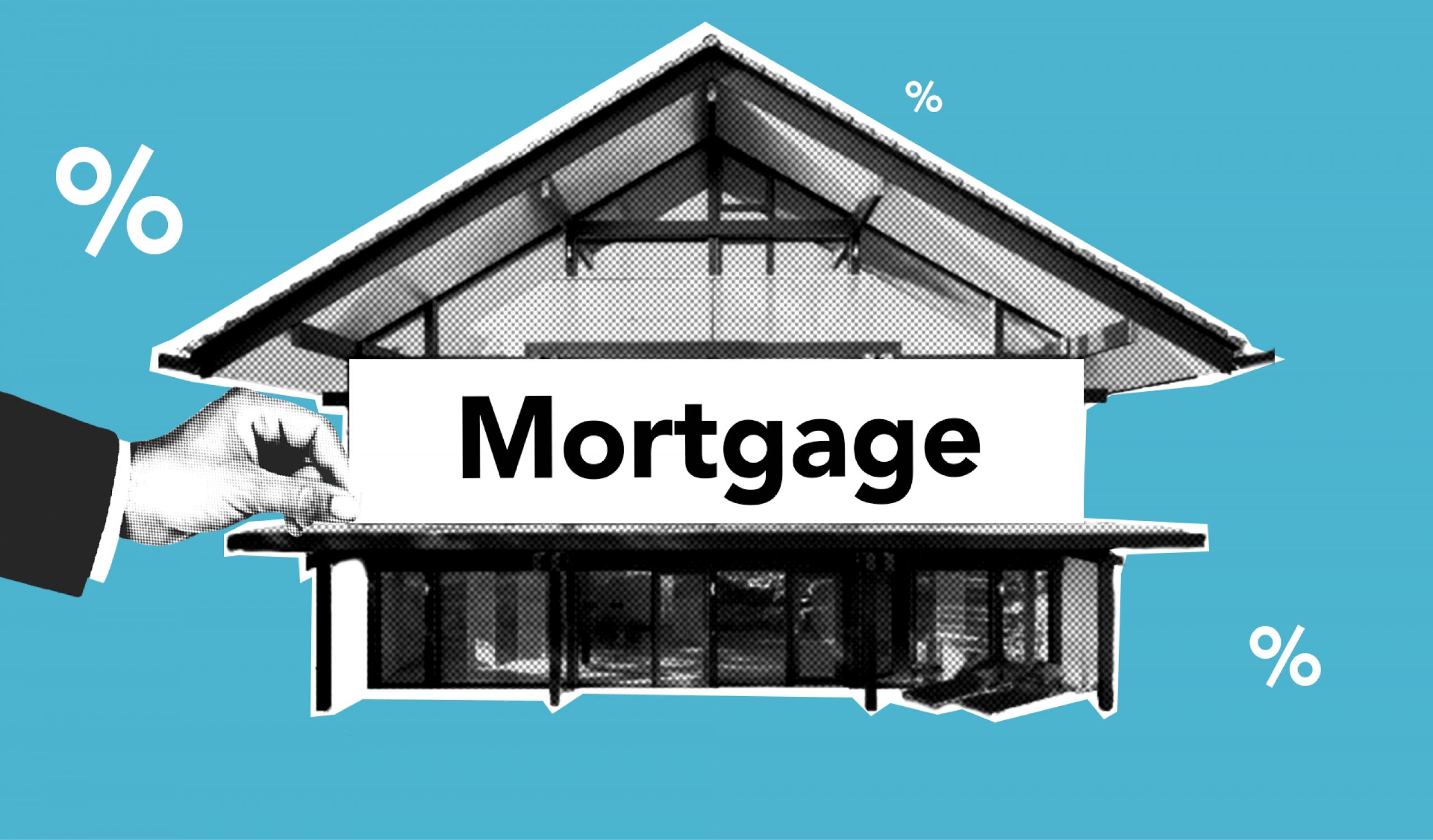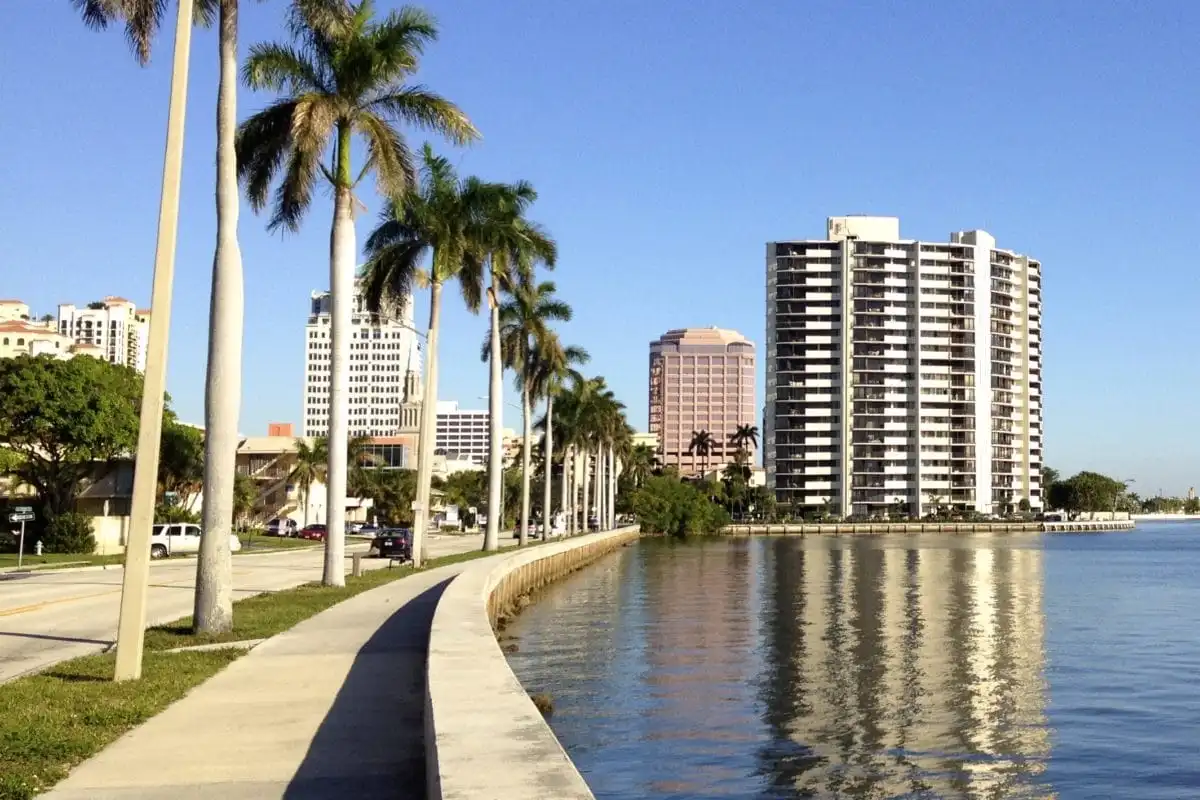Mortgage Payment Trends 2025: Where Homebuyers Are Finding Relief
Housing Market Shift: Declining Mortgage Payments in Select Markets
In an unexpected twist for the 2025 housing landscape, monthly mortgage payments are now decreasing in several major metropolitan areas across the United States, creating pockets of opportunity for strategic homebuyers amid widespread economic uncertainty. This market shift signals a potential rebalancing in regions that had previously experienced unsustainable price growth.
Analysis of the 50 most populous U.S. metro areas reveals that 12 markets are experiencing year-over-year declines in typical monthly mortgage payments, with particular concentration in Florida and Texas. This trend marks a significant departure from the relentless upward trajectory that has characterized much of the housing market in recent years.
Jacksonville, Florida leads the nation with the most substantial decline, where typical homebuyers now face monthly mortgage payments of $2,482—a remarkable 4.2% reduction from March 2024. Following closely behind are two Bay Area markets: San Francisco with a 3.5% decrease to $10,054, and Oakland with a 2% reduction to $6,638 per month.
The West Coast dominates much of the remaining list of markets with declining payments, including Seattle and Portland, Oregon, alongside additional Florida and Texas metropolitan areas where homebuyers are finding increasing leverage in negotiations.
Market Forces Driving Payment Reductions
This welcome relief for homebuyers in these select markets stems from a combination of factors creating favorable conditions. The average 30-year fixed mortgage rate settled at 6.65% in March 2025, down from 6.82% in the previous year, despite a slight uptick observed in April.
More significantly, actual home sale prices have either declined or remained flat year-over-year in nine of the twelve markets experiencing payment reductions: Jacksonville, San Francisco, West Palm Beach, Austin, Dallas, Oakland, Tampa, Orlando, and Portland. The remaining three metros—Seattle, Nashville, and Denver—saw minimal price growth below 1%.
"I recently had a client looking at a single-family home that had been sitting on the market. I told him, 'you're in the driver's seat; now is your chance to get a deal on a neighborhood where you'd normally never get a deal,'" explains Ali Mafi, a Redfin Premier agent in San Francisco.
The softening demand responsible for these price corrections stems largely from broader economic concerns, including new tariffs, increasing recession probabilities, and persistently elevated mortgage rates that continue to sideline potential buyers. This has created a negotiation advantage for those willing to enter the market during this period of uncertainty.
Rust Belt and Northeast: The Contrasting Story
While some markets offer relief, others continue to see rising costs. Cleveland stands out with the most significant increase, where typical monthly mortgage payments rose 9.3% year-over-year to $1,687—the highest percentage increase among major metros.
The greater New York City area follows with substantial increases: Newark, New Jersey saw payments rise 6.7% to $4,485, while Nassau County, New York experienced a 5.4% increase to $5,189, and New Brunswick, New Jersey faced a 5.1% rise to $4,061. Providence, Rhode Island rounds out the top five with a 5.6% increase to $3,451.
This divergent trend highlights the regional nature of real estate dynamics. In these Northeastern and Rust Belt markets, persistent demand continues to support price growth, particularly in regions where housing expenses started from a lower base, allowing more room for upward movement.
California's Affordability Crisis Persists
Despite payment decreases in the Bay Area, California remains the country's most challenging market for homebuyers from an affordability perspective. San Jose tops the nation with median monthly payments of $10,825, with San Francisco close behind at $10,054. Three additional California metros complete the top five most expensive markets: Anaheim ($7,937), Oakland ($6,638), and Los Angeles ($6,169).
What makes California particularly problematic is not just the absolute cost but the relationship between housing expenses and local incomes. In Los Angeles, a family earning the median household income would need to allocate an astonishing 77% of their earnings toward the typical mortgage payment—the highest proportion nationwide. Similar imbalances exist throughout the state with Anaheim (76%), San Jose (75%), San Francisco (74%), and San Diego (65%) rounding out the five least affordable markets.
This affordability gap has emerged because housing costs have consistently outpaced income growth, creating an increasingly untenable situation for middle-income households in these California markets.
Rust Belt Offers Affordability Haven
In stark contrast, the Rust Belt continues to provide the most affordable homeownership opportunities in the country. Detroit homebuyers secured the lowest monthly mortgage payments nationally at $1,290, followed by Pittsburgh ($1,685), Cleveland ($1,687), St. Louis ($1,831), and Philadelphia ($1,998).
When factoring in local incomes, these markets become even more attractive. Detroit households earning the typical income would spend just 23% of their earnings on median mortgage payments—the lowest proportion nationwide. Similarly favorable conditions exist in Pittsburgh and St. Louis (both 25%), Cleveland (26%), and Indianapolis (26%).
This affordability advantage positions these markets favorably for potential growth as remote work continues to influence migration patterns and buyers increasingly prioritize housing value.
Market Insights: What Homebuyers Need to Know
Is now a good time to buy in markets with declining payments?
For financially prepared buyers with secure employment, the current market provides unique opportunities in select regions. The combination of moderating prices and slightly lower interest rates, coupled with increased negotiating power, creates favorable conditions not seen in recent years. However, buyers should remain cautious about economic headwinds that could affect job security.
Why are some markets seeing payment decreases while others continue rising?
Regional economic factors play a significant role in these divergent trends. Markets experiencing payment decreases typically have seen a sharper pullback in buyer demand, often due to previous overheating, while areas with rising payments generally maintain stronger local economies or started from lower price points with room to grow.
Will California ever become affordable again?
California's affordability challenges stem from fundamental supply-demand imbalances, restrictive zoning policies, and geographic limitations. Meaningful affordability improvements would require substantial policy interventions, significant economic restructuring, or major shifts in remote work patterns enabling population dispersal. Short-term relief might come through economic downturns, but structural affordability challenges will likely persist.
Are Rust Belt cities a good investment opportunity?
Rust Belt markets offer compelling value propositions with lower entry costs and favorable income-to-payment ratios. However, future appreciation depends on continued economic revitalization, population trends, and infrastructure investments. Buyers should research specific neighborhood dynamics rather than making decisions based on metro-wide statistics.
How might mortgage rate changes affect these trends?
Mortgage rates remain the wild card in housing affordability. Even small rate decreases could significantly improve payment affordability and potentially reignite demand in markets currently experiencing price moderation. Conversely, rate increases could exacerbate affordability challenges and accelerate price corrections in vulnerable markets.
Understanding these regional variations allows homebuyers to make more strategic decisions based on both current conditions and longer-term housing trends impacting their target markets.













